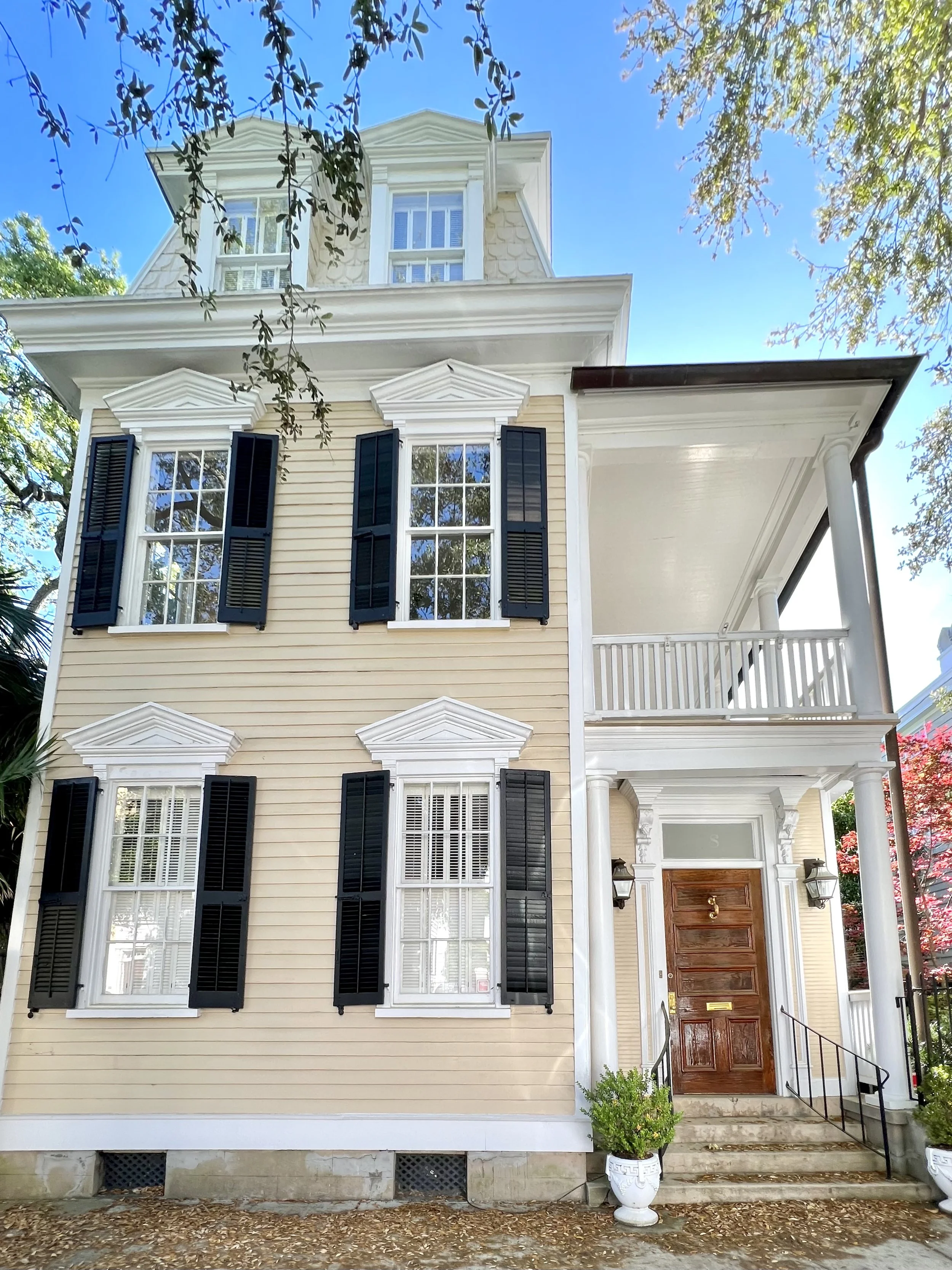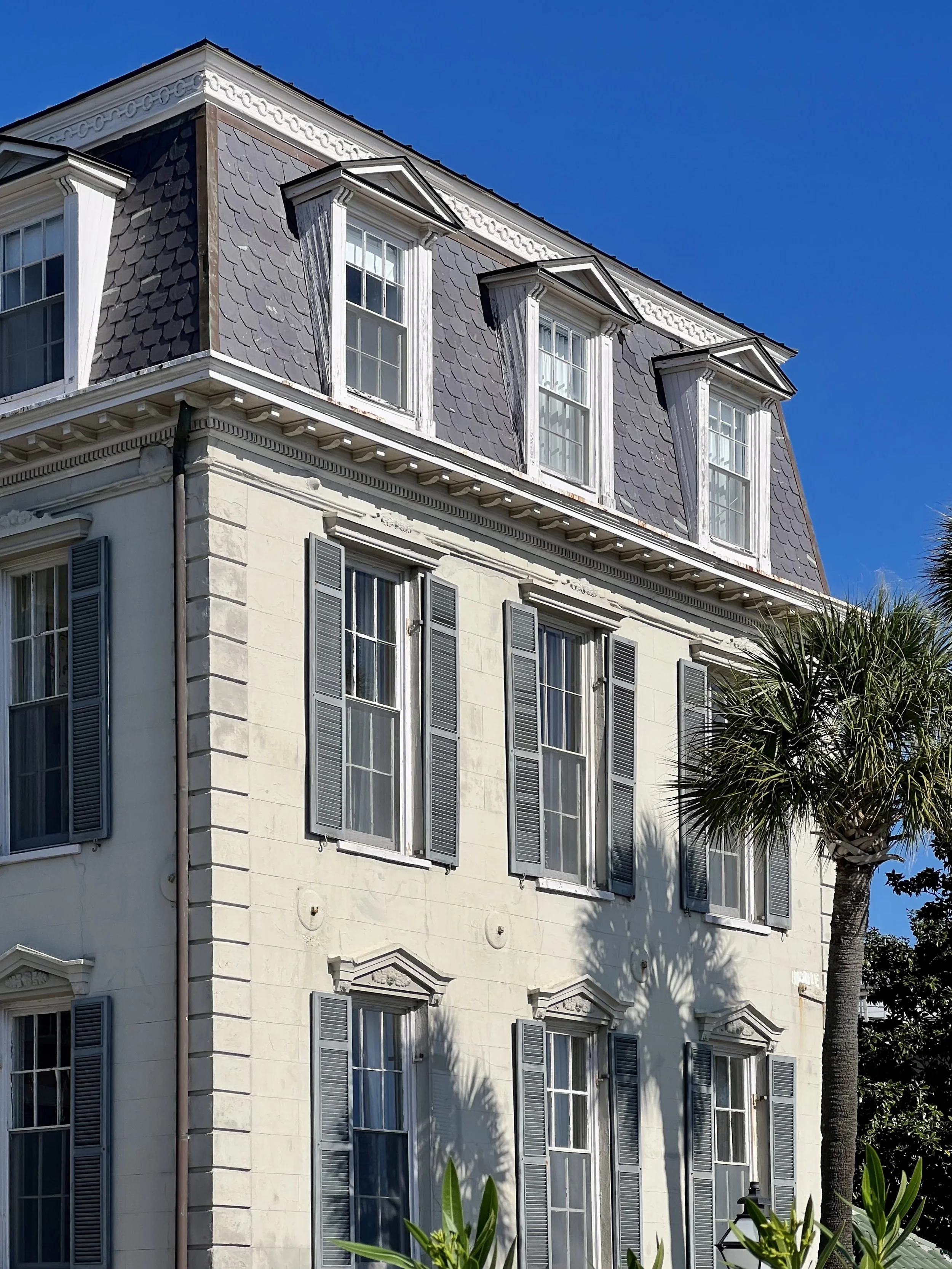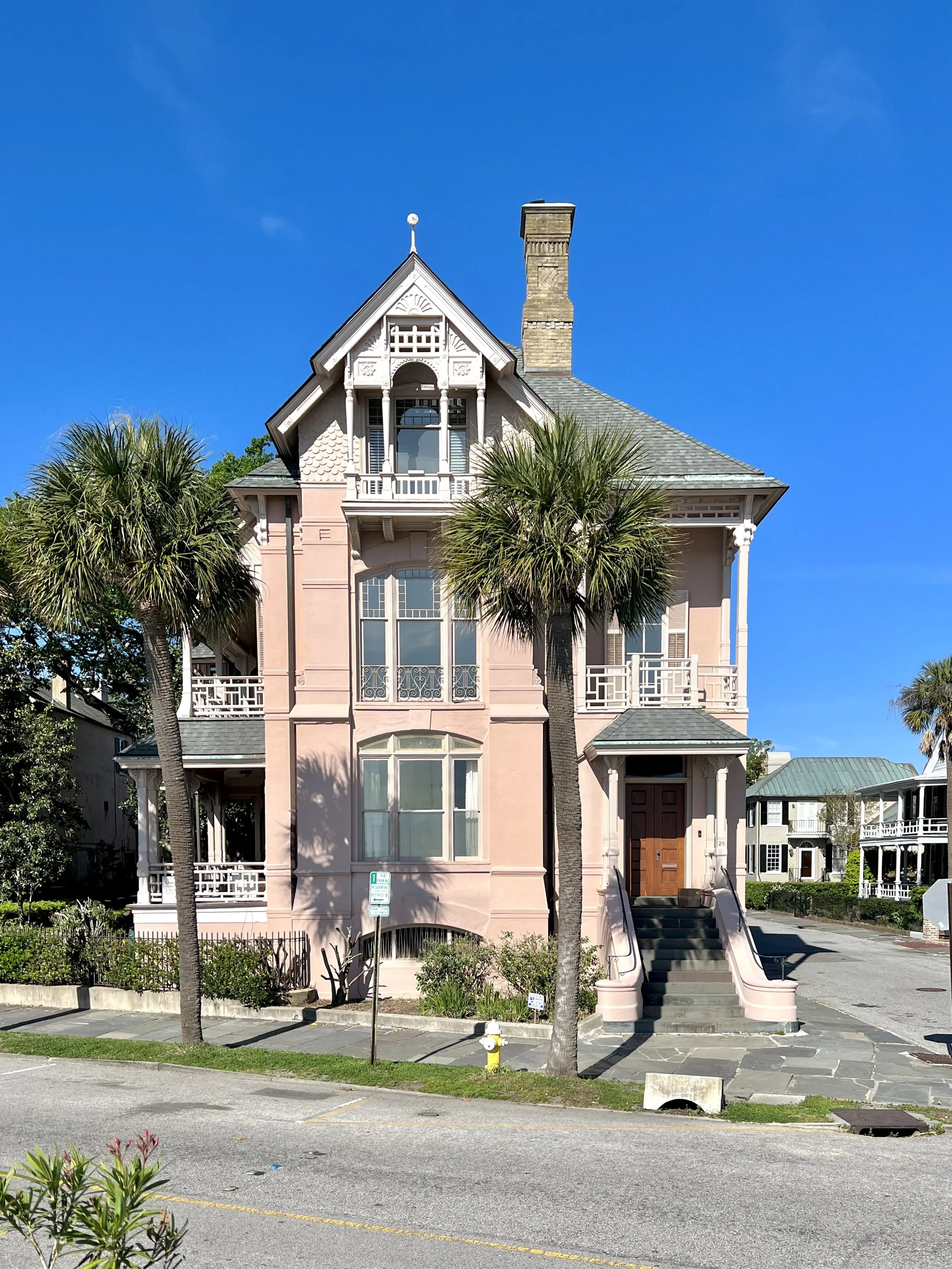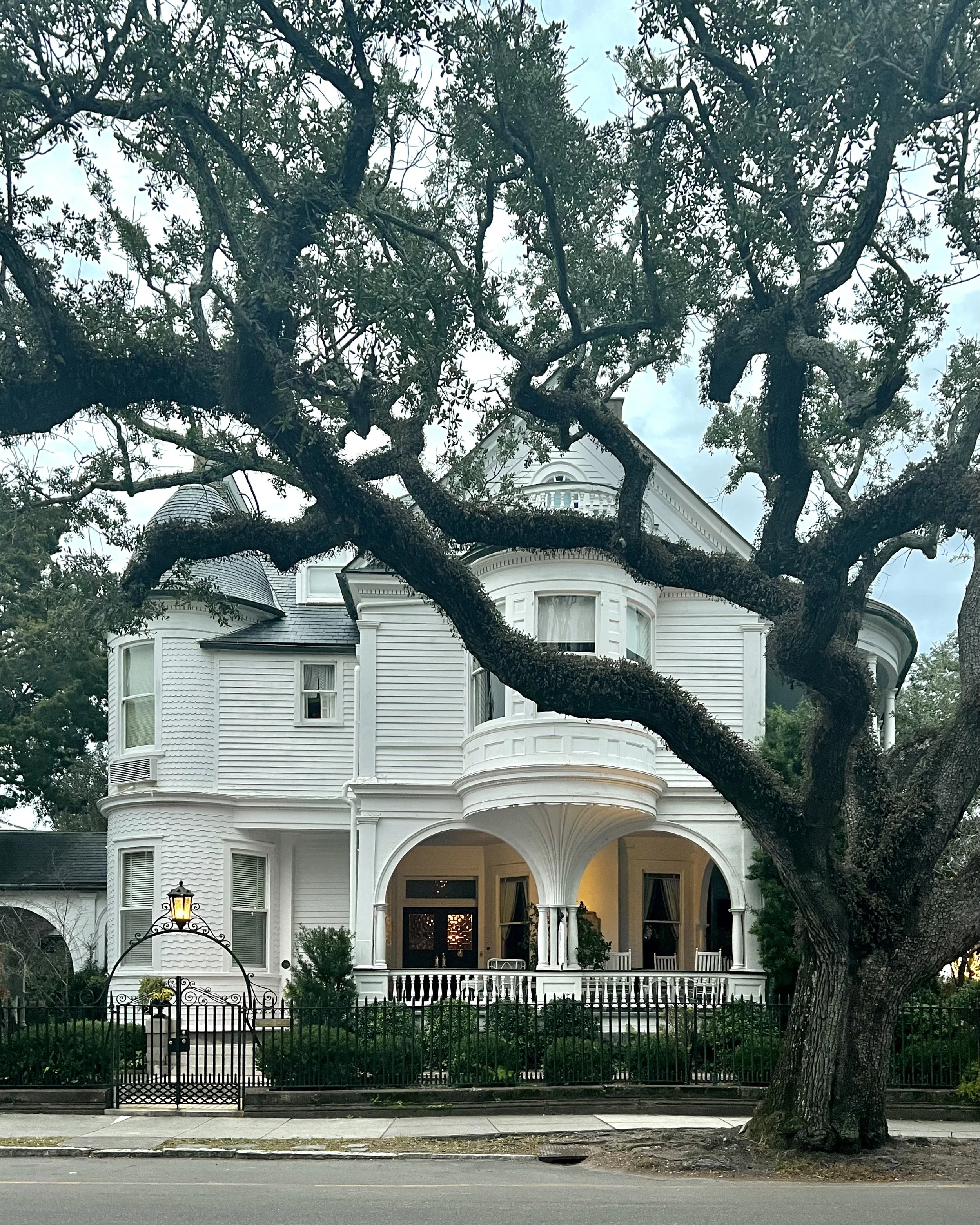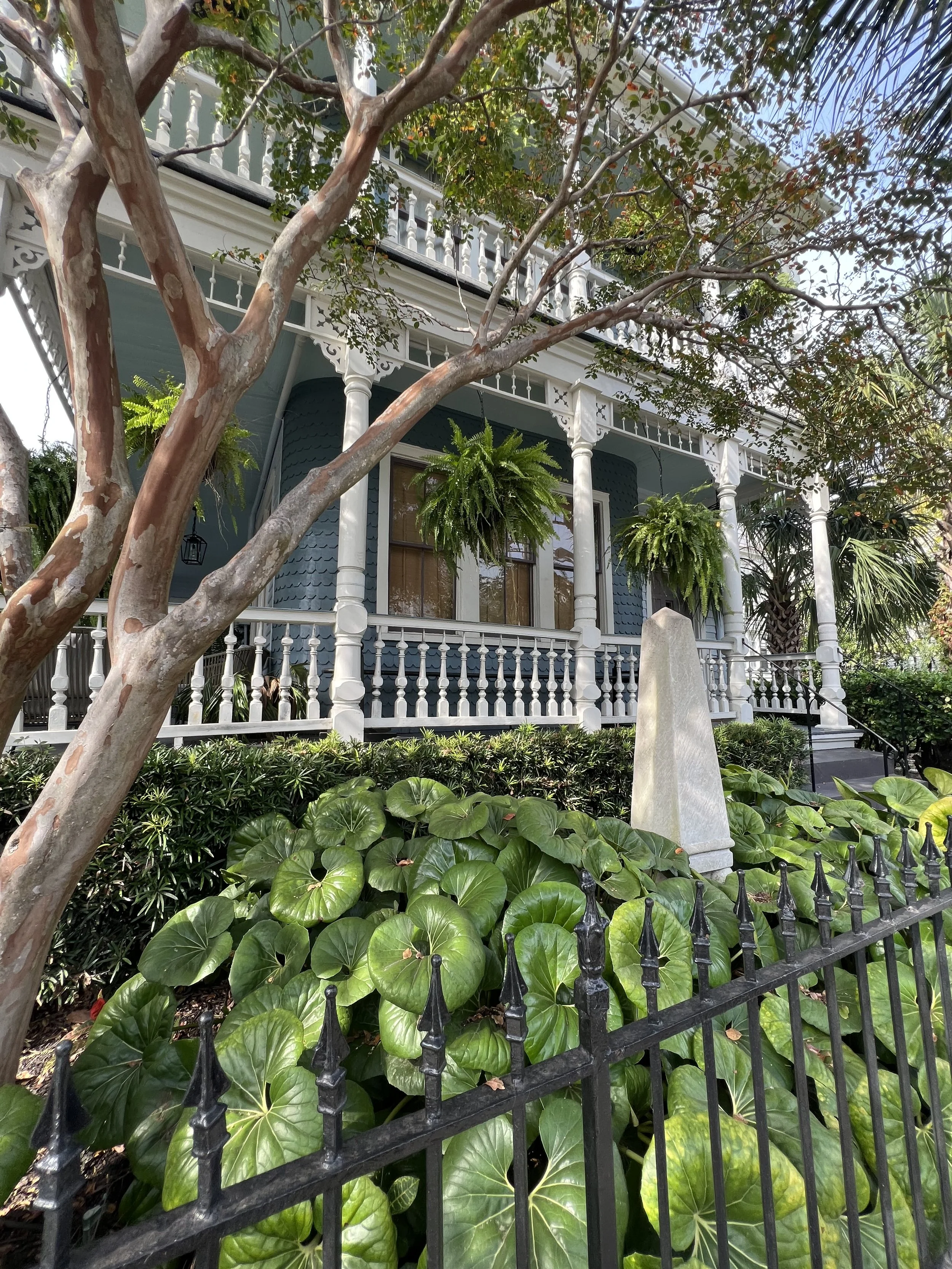Architectural History of Charleston: Victorian Era (1850s-1900)
It can be difficult to talk about Victorian architecture in Charleston for several reasons, the primary one being that this style was relatively uncommon in the South compared to other parts of the United States. We also tend to focus on the buildings in and around our tour route, which winds through the oldest parts of Charleston and does not contain as many buildings constructed in the latter part of the 19th century. There is also a great deal of overlap between common Victorian styles, so what we might classify as one type, someone else might put in another, closely related category. With these caveats in mind, let’s dive in.
The Victorian era spanned most of the 19th century - it’s named for Britain’s Queen Victoria, who reigned from 1837 until her death in 1901. Countless trends - in fashion, beauty, architecture, art, and more - emerged, spread, evolved, and faded during those six decades. It’s important to note how design trends would move across the Atlantic, and then how they would manifest differently in the southern US from how they might in the north and west. What we think of as “Victorian” architecture peaked in the US between the 1870s and 1900s - during which the South was recovering from the losses sustained in the Civil War. Certainly this meant loss of life and destruction of property, but the biggest and most enduring blow to the south was the upheaval of the economy. South Carolina had made its wealth in agriculture, specifically agriculture made possible by the unpaid labor of enslaved people. With the end of chattel slavery in the United States came a period of massive economic and social upheaval, and this economic change can be read in Charleston’s architecture - both in what exists, and in what is absent. While there was a period of economic resurgence in the 1870s - phosphates, a class of chemicals valuable for use in fertilizer, were found north of the city and fueled a mining boom - it took a very long time for Charleston’s economy to stabilize. The city is known for its historic architecture, but Victorian style is not as widely represented as older styles. However, you’ll still see some Victorian era buildings in downtown Charleston, and we have some favorites along our tour route.
There are a variety of styles that fall under the umbrella term of “Victorian,” including Second Empire, Stick, Queen Anne, and Eastlake styles. Second Empire is one of the earlier styles, and its rise in popularity corresponded with Hausmann’s redesign of Paris in the 1850s. This style is traditionally French, and was manifested in the United States primarily through the addition of a mansard roof (named for François Mansart, who popularized the style in the 16th century). In Charleston, most Second Empire Victorians incorporate this gabled roofline with Italianate features. These buildings tend to be more symmetrical than later Victorian styles, which valued asymmetry and dynamic shapes.
Stick, Queen Anne, and Eastlake styles are all strongly related. Stick style emerged with the development of balloon framing - the use of thinner, lighter boards to frame a house rather than larger, more expensive timber frames - and contained some elements of Gothic revival style, such as pointed arches and ornate, linear decorative elements (think gothic window tracery, translated to wood accents on porch railings or house siding). Stick style was loosely inspired by the half-timber framing tradition of visible boards on the outer surfaces, and is most identifiable by its combination of woodwork and, typically, monochromatic color schemes. Of course, many of these features also overlap with other styles; one feature that stands out with stick is the square or boxy shape of its projections such as bay windows - they’ll have ninety-degree corners rather than the traditional half-hexagon shape.
Queen Anne style is, in many ways, a bit of a misnomer: Queen Anne Style, in England, refers to the Baroque style of the 17th and 18th centuries, while English Queen Anne Revival refers to similar styles popular in the late 19th century that bear little resemblance to their American counterparts. We’re really not sure how this name came about, but this style is probably what most people picture when they think “Victorian” architecture. It built upon the elements of stick style, but tends to incorporate more curves, asymmetrical plans and funkier geometric shapes, turrets, towers, and partial porches, and more colorful exteriors. This era also saw the emergence of “gingerbread” style decoration on houses, which is often also called “Eastlake” style.
Eastlake is considered a substyle of Queen Anne, and is actually named for a movement started by British artist, architect, and furniture designer Charles Eastlake. His work called for furniture that was lighter, simpler, and easier to clean than previous styles - furniture for the upper-middle class that was made by craftspeople who took pride in their work. In the United States, his drawings and designs inspired mass-manufactured furniture (not quite in line with his philosophy; in fact he detested what Americans made of his ideas). These concepts, as well as the development of woodworking technology in the industrial revolution, made detailed wood decorative elements more accessible in the US - and these became very popular. You can typically spot Eastlake/Queen Anne style houses by their detailed spindlework, typically along porch railings, in decorative trusses within gables, and along balustrades on turrets and widow’s walks.
There is so much overlap between these styles, and many houses incorporate elements from all of these, so Victorian houses, especially in the South where they are less common, can be difficult to classify and while we may use one term for these houses, someone else may use another. We hope you join us in admiring the incredible detail, unique shapes, colors, and textures of these buildings!
You can learn more about the architectural history of Charleston - as well as enjoy entertaining storytelling and juicy historic gossip - on one of our walking tours.
Check out our other blogs on the architectural history of Charleston:
Colonial | Georgian | Federal | Classical Revival | Gothic Revival | Italianate | 20th Century & Outliers


